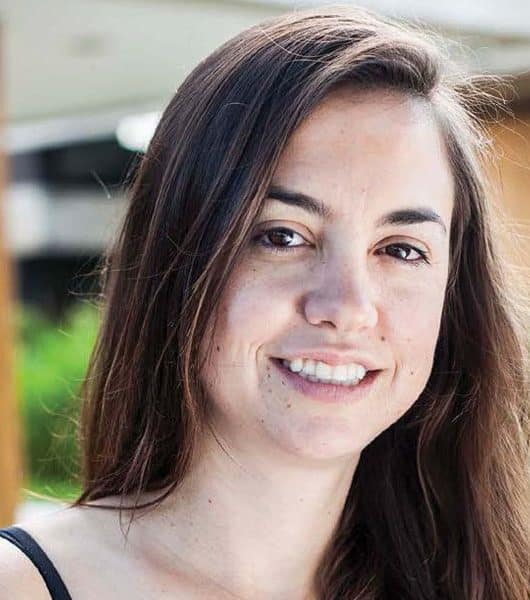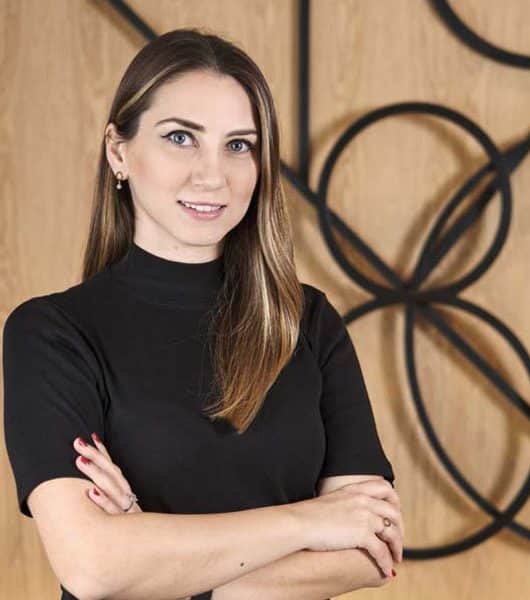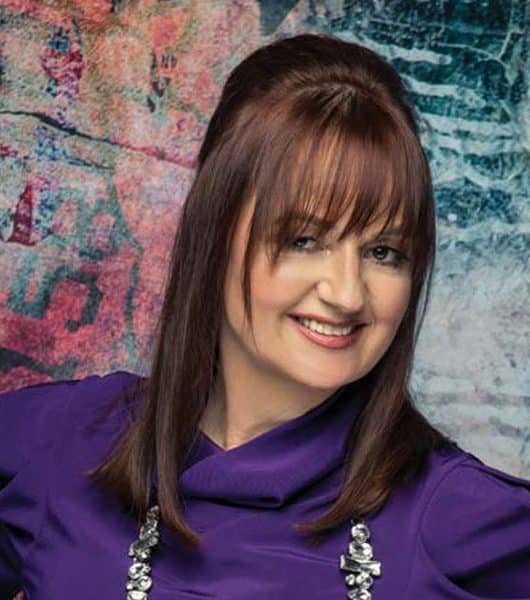Powerlist Creative 30 2022 : Tarek Shuaib CEO PACE MIDDLE EAST
 pace has been at the forefront of architectural transformations in the Middle East since its inception in 1968, introducing ground-breaking modern concepts and establishing itself as one of the region’s top architectural design houses. Pace, led by the founder’s son and current CEO Tarek Shuaib, has succeeded in influencing the region’s architectural landscape through work that has left an everlasting mark on the modern development of the societies that the firm serves.
pace has been at the forefront of architectural transformations in the Middle East since its inception in 1968, introducing ground-breaking modern concepts and establishing itself as one of the region’s top architectural design houses. Pace, led by the founder’s son and current CEO Tarek Shuaib, has succeeded in influencing the region’s architectural landscape through work that has left an everlasting mark on the modern development of the societies that the firm serves.
Pace has earned a global reputation for design quality and architectural excellence as a result of this. Pace is fundamentally regarded as an international industry-leading, a multi-disciplinary consultancy firm that has delivered a slew of award-winning projects, prominent buildings, and long-lasting infrastructure that have had long-term positive impacts on the societies and environments they serve.
One of our main goals at Pace is to continuously push innovation throughout our business and our projects, and take a leadership position at the forefront of the industry. We strive to be more than a traditional workplace; rather serving as a creative hub and collaborative environment where people are inspired and motivated to work for the better of their societies and drive value for clients. Digital workflows & tools and BIM sit at now the centre of all we do. We believe that such technology will ensure firms across the region design, build, and operate a better built environment,” shares Tarek Shuaib, CEO at Pace Middle East.
Pace is currently headquartered in Kuwait and has successfully expanded into other GCC markets, with a focus on the private sector. The company has opened two full-service regional offices in Saudi Arabia and Bahrain, as well as one in Tunisia, with the goal of capitalising on its expertise to support healthcare, hospitality, sport and leisure, and mixed-use developments through project design, management, and quality delivery. Pace’s international presence, on the other hand, includes several projects (completed or ongoing) spread across the Middle East, Africa, Europe, and China.
Over the past 55 years, Pace has been successful in identifying emerging trends that present unique opportunities to adapt its approach and enhance its capacities, to improve its overall project delivery. The firm is recognised for em- bracing change, and keeping pace with industry developments – be it in technology, environment/sustainability, or even on social or political fronts, while meeting the ever-changing needs of the market/ clients. This is evident from long-lasting collaborative work with leading global design agencies.
The firm’s ambitious and aggressive internal transformation programme, aimed at developing and upgrading its digital in-model and Centre of Excellence that incorporates creative and detail-oriented thinking at every stage of design development. Pace has developed functional, sustainable, and cutting-edge modern concepts that draw on rich culture and heritage to provide far-reaching benefits that meet the needs of any given project’s users. Pace has also earned a reputation as a firm that designs for both opulence and speed over the last five decades.
Pace’s award-winning projects in Kuwait include Jahra Medical City, the new headquarters of the Central Bank of Kuwait, the Jazeera Airways Terminal, the Kuwait National Museum, and others.
frastructure and processes, is an example of its ongoing efforts to remain agile in response to change and constantly shape Pace for the future. This transformation aimed to innovate the way Pace designs and delivers projects, including establishing an ethos of critical design thinking across all disciplines and a fully digitised delivery process. Pace’s adoption of digital transformation tools and methodologies has only been accelerated by the recent pandemic.
An early adopter of innovation, Pace ensured that the latest advancements in design and construction technologies were introduced and incorporated into its practices. Such endeavours included the adoption of Building Information Modeling (BIM) design processes across all the firm’s disciplines to support the move to Revit as its technical production software platform. Pace’s Project Information Management (PIM) system, Integrated Project Delivery (IPD) protocols, Leadership in Energy and Environmental Design (LEED) and fast-track construction solutions, the firm can guarantee quality and value for clients, with reduced environmental impact and better operational and management costs.
Among the current commissions of the Pace are the Palace of Justice (the largest judicial building in the Middle East), Kuwait University – New Sabah Al Salem University City Administration Facilities (the largest construction package of the entire new university city), Sabah Al Salem Stadium, Assima Mall and Tower, Hussah Al Mubarak Towers Future Schools of Kuwait, Souk Al-Mubaraki- ya, and others.
Pace’s projects in Bahrain include Marassi Al Bahrain, Dilmunia Mosque, and Liwan Mixed-Use Development, while in Saudi Arabia, it includes the Qiddiya infrastructure project and The Avenues Al-Riyadh.







